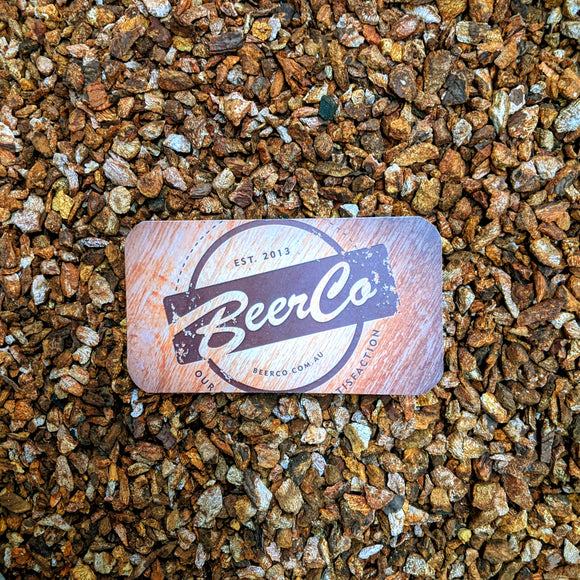Native to the mountainous regions of central Asia, particularly the Tibetan Plateau, Rhubarb Root (Rheum palmatum) has a rich history spanning millennia. Revered in traditional Chinese medicine for its purported digestive benefits, its use spread along ancient trade routes, eventually reaching Europe. Initially, it was a highly prized and expensive commodity, valued more for its medicinal properties than its culinary uses.
In the world of spirits, rhubarb root's earthy, slightly bitter, and woody notes have long been sought after. Its most famous application is perhaps in Italian amaro and aperitivos, where it contributes to a complex and balanced flavour profile. Brands like the iconic Zucca Rabarbaro Amaro Liqueur, with its distinctive smoky and bittersweet taste, have made rhubarb a cornerstone of their recipes. Beyond amaro, the root finds its way into various gin recipes, providing an intriguing counterpoint to juniper and citrus, and adding depth to a range of botanical spirits. Its historical use in medicinal tonics and elixirs further underscores its place as a key botanical for distillers seeking to create unique, complex, and historically-inspired libations.
Rhubarb root is used in distilling for its complex earthy, smoky, and slightly bitter flavor profile, which adds depth and character to bitter aperitifs and amari, as well as flavorings for gin and other liqueurs. It is distinct from the tart stalks, offering a different, more robust flavor that complements ingredients like ginger and spices in both alcoholic and non-alcoholic applications. The roots are typically extracted with alcohol to capture their essence and flavor compounds, not for their juice.
Flavor and Use:
Earthy and Smoky Notes:
Rhubarb root contributes a deep, earthy flavor with smoky nuances, a restraint bitterness, and hints of leather, which is different from the sourness of the stalks.
Botanical in Amari and Liqueurs:
It is a common botanical in traditional bitter liqueurs and amari, where it enhances the overall complexity and provides a grounding, bitter foundation.
Flavoring for Gin:
Rhubarb, especially the root, can be used in the distillation process of gin to add unique flavor notes and a natural color.
Preparation for Distilling
Extraction:
Rhubarb root is typically infused in alcohol to extract its flavors.
Extraction Method: For example, one study used 70% ethanol to extract flavor from dry rhubarb root at 80°C for one hour, a process that could be adapted for distilling applications, according to the NIH.
Infusion:
The flavored alcohol can then be used as a flavoring or a key component in the final spirit.
Distilled Products Containing Rhubarb Root
Aperitifs:
Products like Campari, Aperol, and Zucca Rabarbaro utilize bitter rhubarb, including the root, to create their distinctive flavor profiles.
Amaro:
Many amari, such as Amaro Nonino Quintessentia, incorporate rhubarb root for its bitter and earthy notes.
Rhubarb Liqueurs:
These are often made by infusing rhubarb into alcohol for a more robust flavor.
Form:
- Root Cut
Pack Sizes:
- 100g
- 1 Kg (SAVE 43% OFF 100g Price)
Botanical Name: Rheum palmatum
Country of Origin: China

